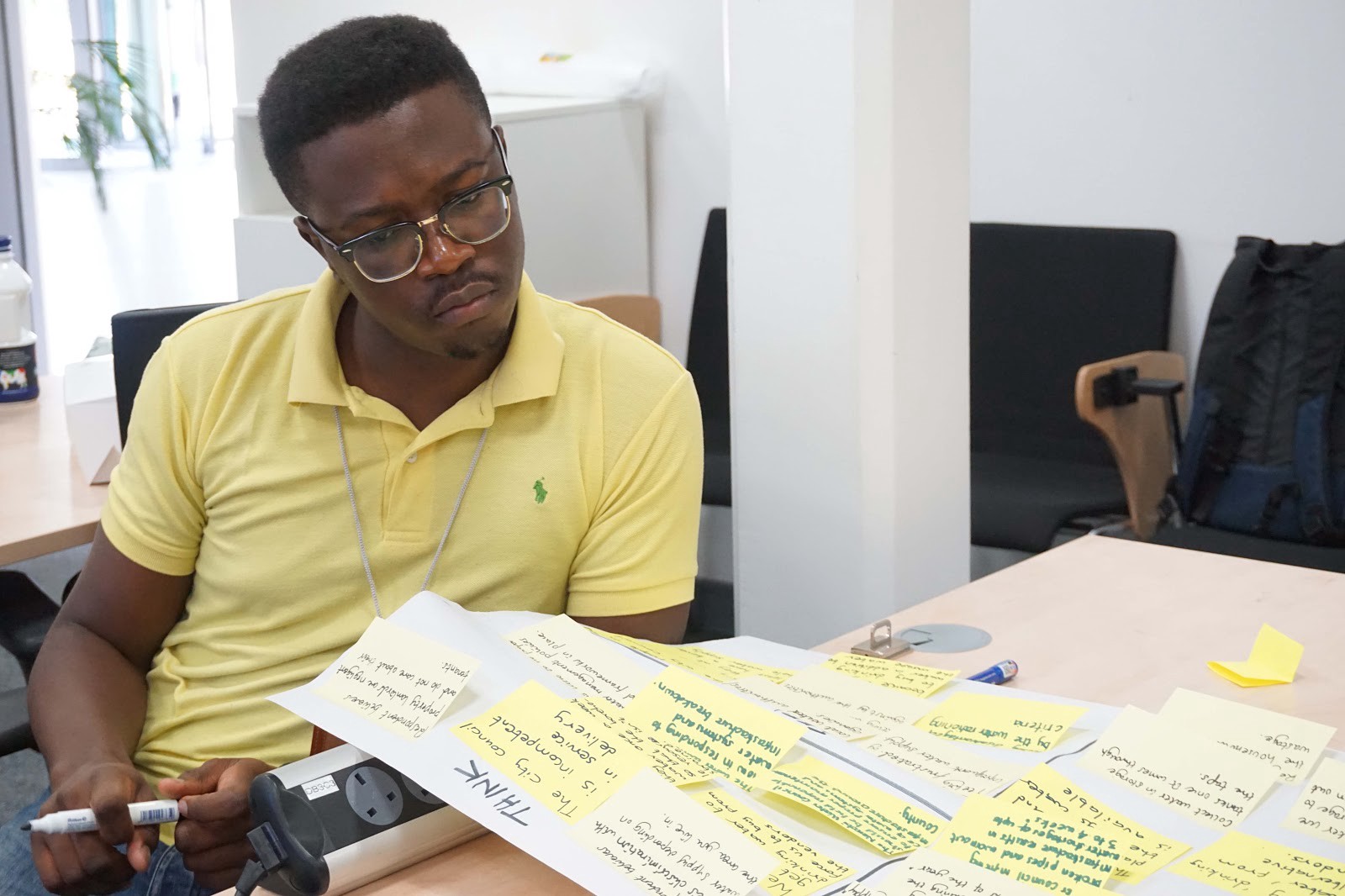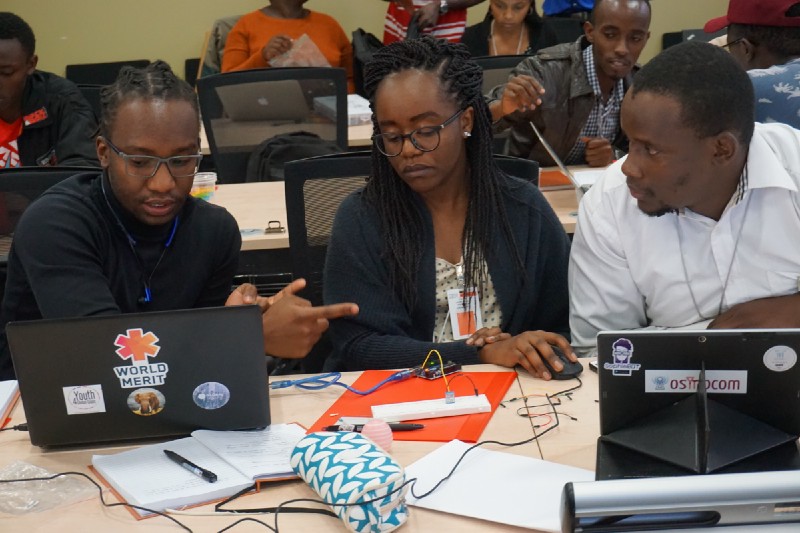I officially mark April as my favorite month this year. As part of the Mekatilili Program and I was given an opportunity to attend the Creative Capacity Building training. It happened in Embu and we were there from the 21st to the 28th of April.
We learnt a lot about the design process. The design process shows people the right way to find solutions to their problems. It involves inspiration, ideation and implementation. For instance, since cutting trees was banned, charcoal is expensive. So we learned how to make a charcoal briquette which holds charcoal ash together to make charcoal pieces. I found that very fascinating.
The chance to learn the design process was topped off by the opportunity to use a hammer and a saw for the first time in my life. Never had it crossed my mind that I'd enjoy doing woodwork. I now find myself looking at the prices of tools everytime I'm at the supermarket. I even have this wild idea of making furniture for my house, I think I should execute it to practice what I learnt.
Another thing that amazed me was the ‘maize raise’. I was surprised that you could raise 10 cobs of maize 10 centimeters off the ground using two foolscaps. It has been two weeks since the workshop and I am still trying to figure out how.
Well, our bodies cannot function properly in an empty stomach, and the people at Embu ensured that we were well taken care of. The food there was amazing and we never missed a meal since we had chicken every lunch and dinner. We also had good and comfortable places to sleep.
Having had the chance to meet new people, trying new things together has made me have a positive outlook on teamwork. I now strongly believe and understand that ‘if you want to go fast, go alone. If you want to go far, go together.’
I absolutely had the time of my life at Embu, it was the highlight of my 2018.



















